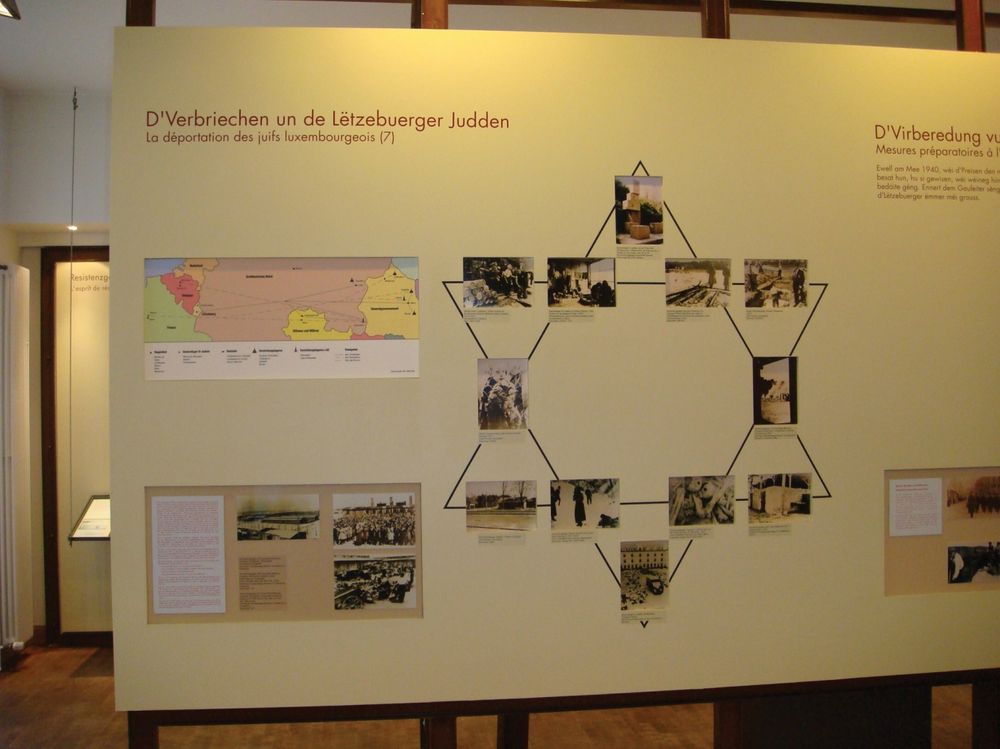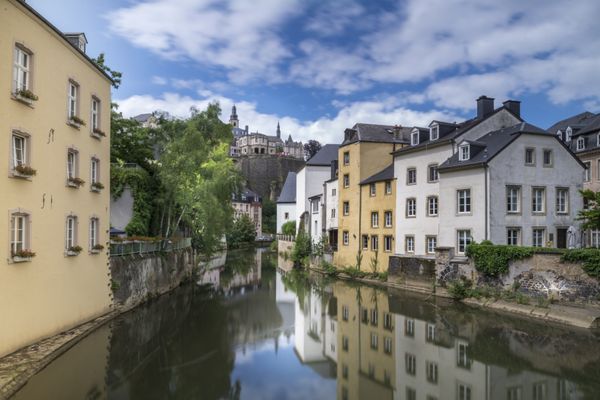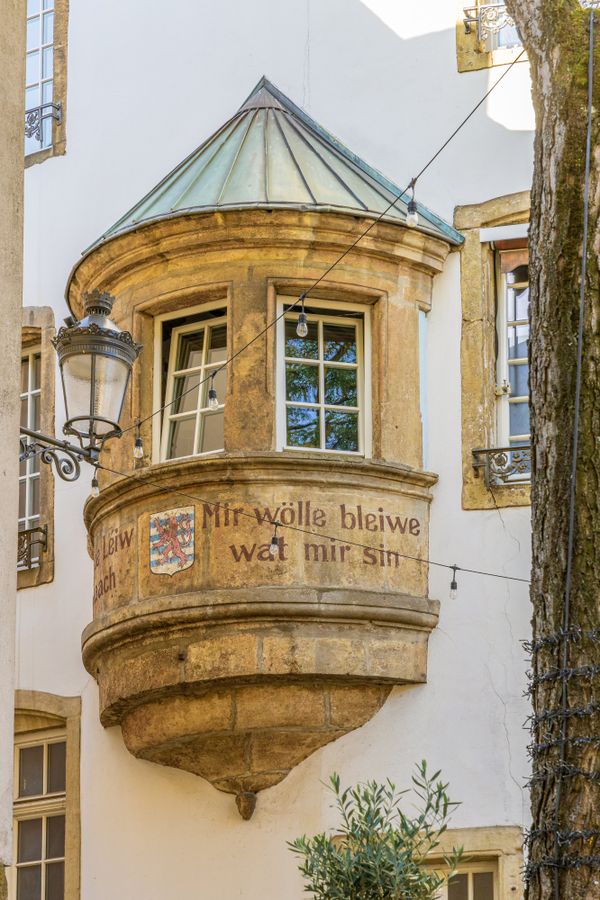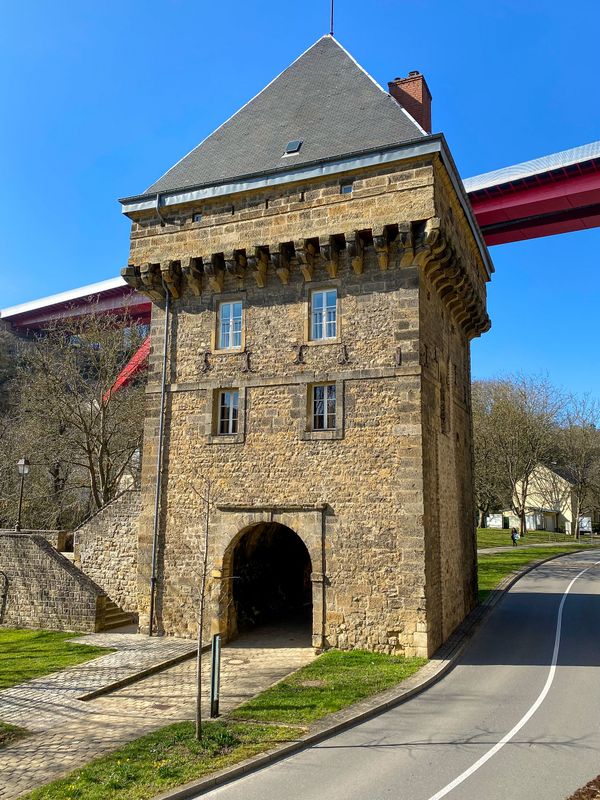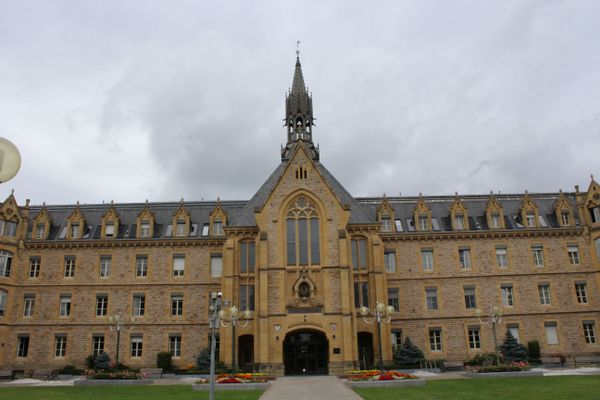
During the German occupation (from 1942 to 1944) the former railwaystation of Hollerich was the point of departure of numerous young people forcefully enroled in the German army and of 4000 people that were forcefully “resettled” in Eastern parts of Germany for political reasons, loosing all their belongings in Luxembourg.
Inside the building an exhibition was installed in the 1990s, showing mainly the lot of the young men forcibly enrolled in the German army and the lot of the 1300 families that were forcibly resettled in Eastern Germany. It includes some information on the deportation of Jews from Luxembourg.
On 31st August 1942 Gauleiter Gustav Simon introduced compulsory military service for young men born in 1920 to 1924 (later to 1927). In the following months some 10200 young men were to be enrolled and the first train taking them to German barracks left Luxembourg (central railway station) on 18 October 1942. As the departure of the first train created an opportunity for new protests the Germans decided to have the trains depart from the railway station of Hollerich, or to direct trains from the North of the country directly to Germany.
Culture info
- History
Opening hours
Opening hours are subject to change. Please check them before your visit in order to be sure.
| Thursday | 25.12.2025 : 13:00 - 16:30 |
| Friday | 26.12.2025 : 13:00 - 16:30 |
| Saturday | Closed |
| Sunday | Closed |
| Monday | Closed |
| Tuesday | 30.12.2025 : 13:00 - 16:30 |
| Wednesday | 31.12.2025 : 13:00 - 16:30 |
Tuesday to Friday, from 1:00 pm to 4:30 pm and on appointment.
Closed on weekends and on holidays.

